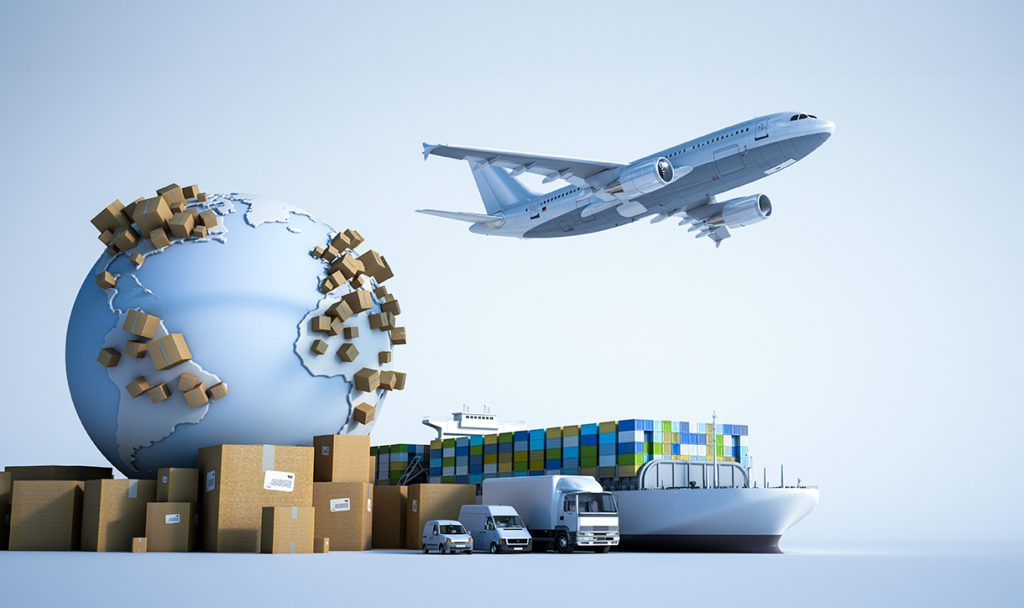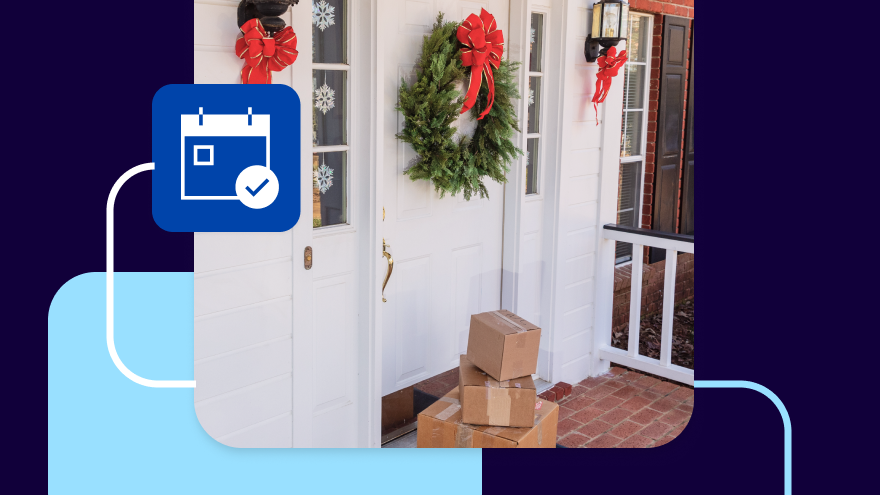New Options to Consider in International Shipping: Last Mile Cross-Border Delivery

What is Last-Mile Cross-Border Delivery?
The emergence of last mile providers has become crucial in the transportation ecosystem. The term “Last Mile” is used in supply chain management and transportation planning. Last mile delivery can be found in all modes of transportation- rail, road, air, and water. Last mile is associated with the last part in the transportation of people and packages from hubs to final destinations.
Current Delivery Challenges
The global marketplace has transformed with the recent growth of the e-commerce industry. According to Digital Commerce 360, consumers spent $861.02 billion on online shopping in 2020, a 44% rise over the prior year. As we see the digital marketplace continue to expand all around the world, the consumers behaviors are changing as well. Their demands and expectations have shifted, and they are looking for cost-effective and quick delivery options. A recent report done by the logistic company SOTI Inc. has revealed that more than 61% of logistics companies agree that last-mile delivery is the most inefficient process in the entire supply chain. Below are some of the most critical challenges that arise during last-mile delivery for online retailers.
- Lack of visibility. Transparency into the delivery processes is the most important requirement for ensuring customer loyalty. Buyers want complete knowledge of the location of their package and when it will reach them.
- High delivery costs. For both customers and the business, last-mile delivery tends to get expensive. Setting up an infrastructure that supports timely deliveries can be costly. Also, shipping and logistics companies have to assign money for complex routes, failed deliveries, extra stops along the delivery route, drivers’ salaries, and fleet operation.
- Late deliveries. This is one of the major challenges that shipping and delivery companies deal with. The failure to stick to predetermined timelines gets expensive for businesses. Delivery delays harm a brand’s reputation, increase customer churn, and affect your profits.
- Inadequate route planning. For the ones new to the logistics and last mile, route planning can be confusing and challenging, consisting of multiple variables that must be considered. Ineffective route planning leads to delayed deliveries, increased customer frustration, and high costs.
Benefits of Last-Mile Cross-Border Delivery
Today, customers want full transparency during transactions, and the last mile of your delivery can make or break their experience. Missed delivery schedules, issues in route optimization, incorrect deliveries, no option for proof of delivery, high shipping cost – these minor problems can turn into huge challenges that can potentially devastate customer experience, as well as business. The benefits of last mile can equal to streamlined shipping and delivery process by automating time-consuming and repetitive tasks in the delivery process, saving a lot of time, resources, and money for your business. You can also benefit by improving route optimization. Last mile providers or software can calculate and assign the most efficient routes for your deliveries. Flexible delivery options are an additional benefit to your customers, making for a more-convenient online shopping experience.
Strong Markets for Last Mile Cross-Border Delivery
Europe has emerged as one of the strong markets for last-mile cross-border delivery. Europe has seen a record number of online sales, which means shippers must navigate an increasingly competitive landscape of delivery options. The European e-commerce market accounts for 9% of total retail sales, and research says it is expected to grow more than six times the rate of in-store sales through 2022. New challenges with last-mile delivery and meeting consumer demands will be faced by shippers across the region. Unlike the United States, with only four broad carrier options for shippers, Europe has a host of carrier options that range from large integrators to country postal operators. More than half of European online sales are generated in three key markets — France, Germany, and the United Kingdom — and 26% of e-commerce sales in Western Europe are cross-border orders. Understanding this shows that there can be great potential for shippers to gain a competitive advantage by becoming efficient in cross-border shipping.
About GlobalPost and the Use of Last-Mile Cross-Border Delivery
GlobalPost is exclusively designed and built to leverage multiple carriers for last-mile delivery to achieve the best balance of speed and price. As a last-mile cross-border solution provider, GlobalPost is constantly finding new carrier options to improve the network and eliminate pain points in cross-border shipping.

